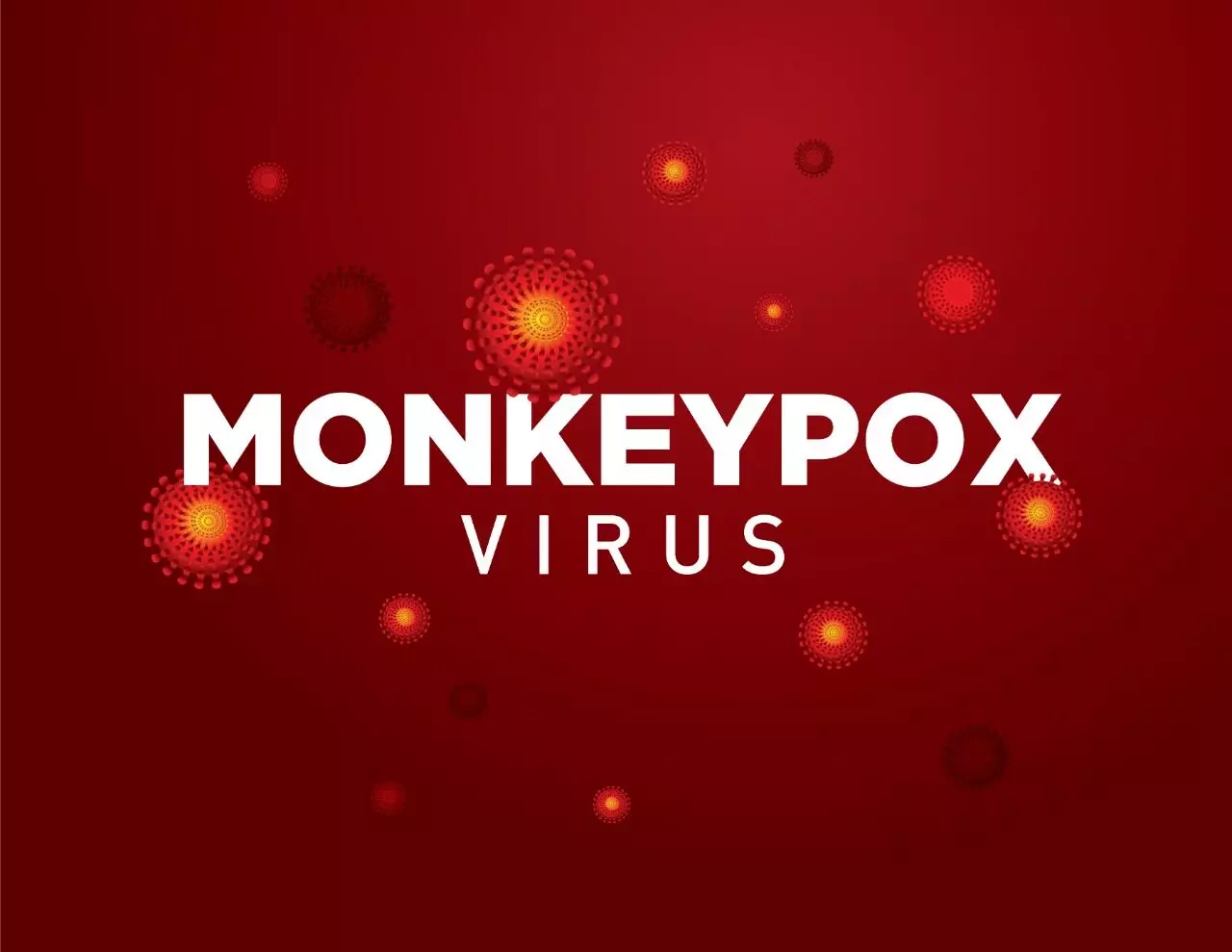Monkeypox: All you need to know
The Union health ministry has issued guidelines for management of monkeypox disease that has spread across dozens of countries. What is monkeypox and what are its symptoms… Read on to know more.
 गाँव कनेक्शन 1 Jun 2022 1:57 PM GMT
गाँव कनेक्शन 1 Jun 2022 1:57 PM GMT

Monkeypox is a viral zoonotic disease with symptoms similar to smallpox, with less clinical severity. Photo credits: freepik.com
More than 350 cases of monkeypox have been reported across 23 countries including Canada, Australia, Germany, France and Italy last month. While no cases have been reported in India so far, the Union Health ministry has issued health guidelines.
The guidelines released yesterday (May 31) stresses on surveillance and rapid identification of new cases for outbreak containment. The guidelines also explains measures to prevent and control infection, patient isolation and ambulance transfer strategies, duration of isolation, and additional precautions that need to be taken care of.
What is monkeypox?
Monkeypox is a viral zoonotic disease with symptoms similar to smallpox, with less clinical severity. The first human case of monkeypox was reported from the Democratic Republic of the Congo in 1970.
Monkeypox is usually a self-limited disease with the symptoms lasting from 2-4 weeks. Severe cases occur more commonly among children. According to the health ministry guidelines, the case fatality ratio of monkeypox has historically ranged from 0-11 per cent in the general population and has been higher among young children. In recent times, the case fatality ratio has been around 3-6 per cent.
The guidelines advise that anyone who comes into contact with a patient during the infectious period, should be monitored daily for the onset of signs/symptoms for a period of 21 days from the last contact.
For more details, watch this video
How does it spread?
The monkeypox disease spreads through human-to-human transmission through large respiratory droplets, direct contact with body fluids or lesion material, and indirect contact with lesion material such as contaminated clothing of an infected person.
Apart from this, the infection also spreads through animal-to-human transmission, through bite or scratch of infected animals such rats, squirrels, monkeys, apes or through bush meat preparation.
Photo credits: freepik.com
Symptoms
- Swollen lymph nodes
- Fever
- Headache
- Body aches
- Profound weakness
- Chills and/or sweats
- Sore throat and cough
Dos & Don'ts
- Avoid contact with anything belonging to the infected person such as bedding, utensils, clothes, towels.
- Isolate infected patients.
- Practise good hand hygiene after contact with infected animals or humans. Wash hands with soap and water or use an alcohol-based hand sanitiser.
- Use appropriate personal protective equipment (PPE) such as coveralls/gowns, N-95 mask, face shield/safety goggles, double pair of gloves when caring for patients.
- Pets and domestic animals should be excluded from the patient's environment.
- Isolate the patient in an isolation room of the hospital/at home.
- Patient to wear a triple layer mask.
- Skin lesions should be covered to the best extent possible such as long sleeves, long pants to minimise risk of contact with others.
- Isolation to be continued until all lesions are gone and scabs have completely fallen off.
As per the guidelines, all the clinical specimens should be transported to the Apex Laboratory of ICMR-National Institute of Virology (Pune) routed through the Integrated Disease Surveillance Programme (IDSP) network of the respective district/state.
#story #monkeypox #health
More Stories




